Maintenance and Support for Two-Way Radio Systems

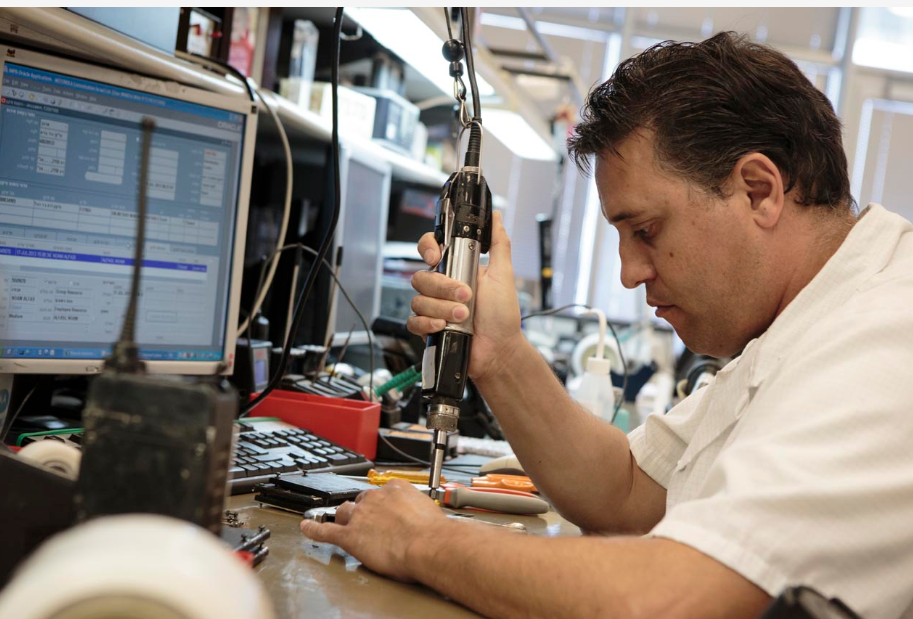
Ensuring optimal performance and longevity of two-way radio systems is crucial for businesses that rely on these devices for seamless communication.
Proper maintenance, timely repairs, and effective support systems are essential for guaranteeing reliability in even the most demanding environments. Well-maintained two-way radios improve communication efficiency and ensure the safety of workers, particularly in industries with high-risk environments such as construction, emergency services, and manufacturing.
Why do Two-Way Radios Require Maintenance?
Two-way radios are integral to industries such as construction, logistics, healthcare, and emergency services, where instant communication can directly impact safety and efficiency. Over time, wear and tear, extreme weather conditions, and rough handling can compromise performance. Regular two-way radio maintenance helps prevent issues like reduced battery life, antenna damage, or communication interference, ensuring reliability and safety in critical operations.
The high frequency of use in industrial environments, combined with exposure to challenging conditions like extreme temperatures or dust, necessitates regular upkeep. Businesses that prioritise two-way radio maintenance not only enhance operational efficiency but also ensure their communication systems meet safety and compliance standards.
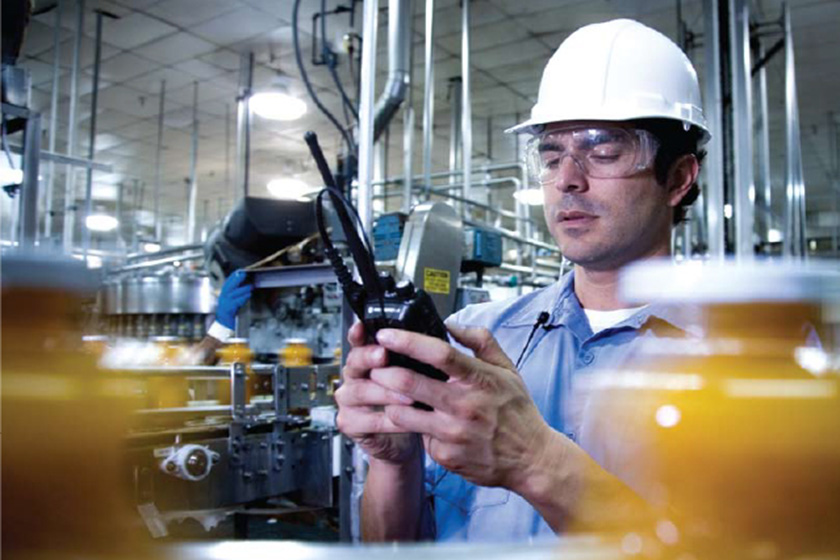

Stay Connected Anytime, Anywhere
At Critico, we specialise in providing expert maintenance and support services for two-way radio systems. Our qualified engineers are here to ensure that your radios remain in top condition, with regular servicing, troubleshooting, and component replacement to keep your operations running smoothly. For more information on Critico’s SLA’s and maintenance agreements please contact our team today.
Key Maintenance Practices for Two-Way Radios

Regular Checks
Inspect your two-way radio equipment regularly for signs of wear and tear. Look for physical damage such as cracks, loose components, or visible dirt accumulation. Test the radio’s audio clarity, signal strength, and button responsiveness.
Regular checks ensure that minor issues are addressed promptly, preventing disruptions during critical communication. For instance, poorly functioning antennas can result in reduced range, hindering operational efficiency.

Proper Storage
Store two-way radios in original packaging or protective cases when not in use to prevent damage from direct sunlight, extreme weather, or rough handling. Avoid placing radios in areas prone to moisture, as water exposure can cause significant internal damage.
For environments with extreme weather conditions, consider investing in weather-resistant two-way radio equipment to ensure reliable performance. Proper storage practices extend the life of your radios, ensuring they remain operational when needed.

Cleaning and Maintenance
Clean your two-way radio equipment regularly to prevent the buildup of dirt and dust, which can impact performance. Use a soft, damp cloth to clean the exterior and avoid using harsh chemicals. Pay special attention to the microphone and speaker areas to ensure clear sound transmission.
Additionally, inspect the antenna for dirt or damage, as this component plays a crucial role in maintaining strong signal transmission. Replace damaged antennas immediately to avoid communication disruptions.

Professional Servicing
Schedule regular servicing with qualified engineers or at an authorised service centre to address potential issues before they escalate. Professional servicing includes diagnostics, software updates, frequency calibration, and replacement of worn-out components.

Battery Care
Battery life is a key factor in the performance of two-way radios. Use only manufacturer-approved batteries to avoid compatibility issues. Fully charge batteries before use and avoid overcharging, which can degrade battery performance over time.
Replace worn-out batteries promptly and dispose of them according to environmental safety guidelines. Regularly clean battery contacts to maintain a stable connection.
Common Troubleshooting Tips for Two-Way Radios
Even with proper maintenance, occasional issues may arise. Here are some common troubleshooting steps to keep your radios operational:
- No Sound Coming Through: Check the volume settings and ensure the radio is not muted. Inspect the antenna for secure attachment.
- Reduced Range: Verify the condition of the antenna and ensure there are no obstructions between radios. Test the device in a clear area to rule out interference.
- Battery Issues: If the radio fails to power on, check the battery for proper seating and charge levels. Replace the battery if it no longer holds a charge.
- Interference: Ensure the radio is set to the correct frequency band. Avoid using radios near devices that may cause signal interference, such as high-powered electrical equipment.
When to Replace Radio Equipment
Despite regular maintenance, two-way radio equipment will eventually require replacement. Here are signs that indicate it’s time to replace your radios:
- Consistent Performance Issues: Radios that frequently malfunction or exhibit reduced performance, even after servicing, should be replaced.
- Physical Damage: Cracked casings, damaged buttons, or worn-out antennas can compromise the reliability of your communication systems.
- Aging Technology: Older radios may lack modern features such as GPS tracking, enhanced encryption, or compatibility with current communication systems. Upgrading ensures your team has access to the latest advancements. Replacing outdated or damaged equipment minimizes disruptions and ensures your team operates with reliable communication tools.
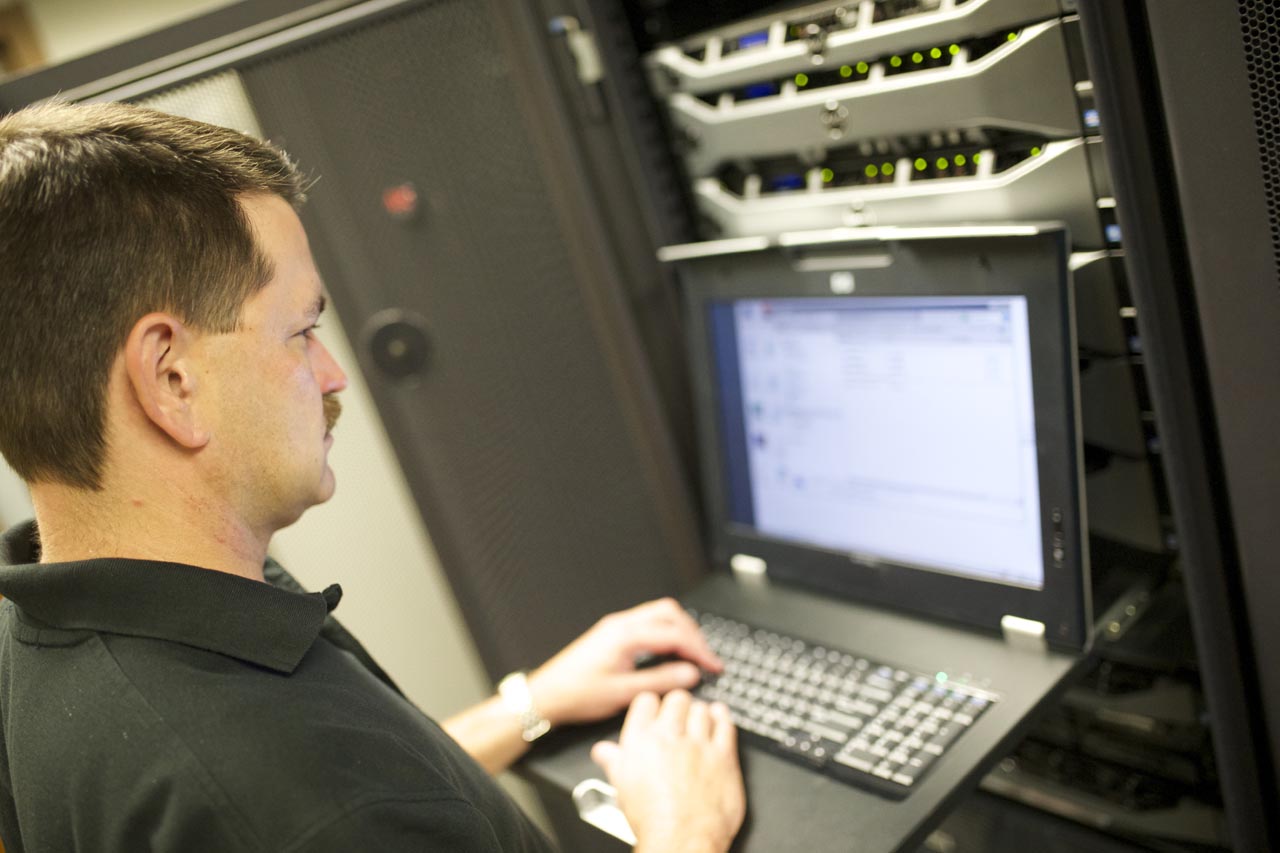
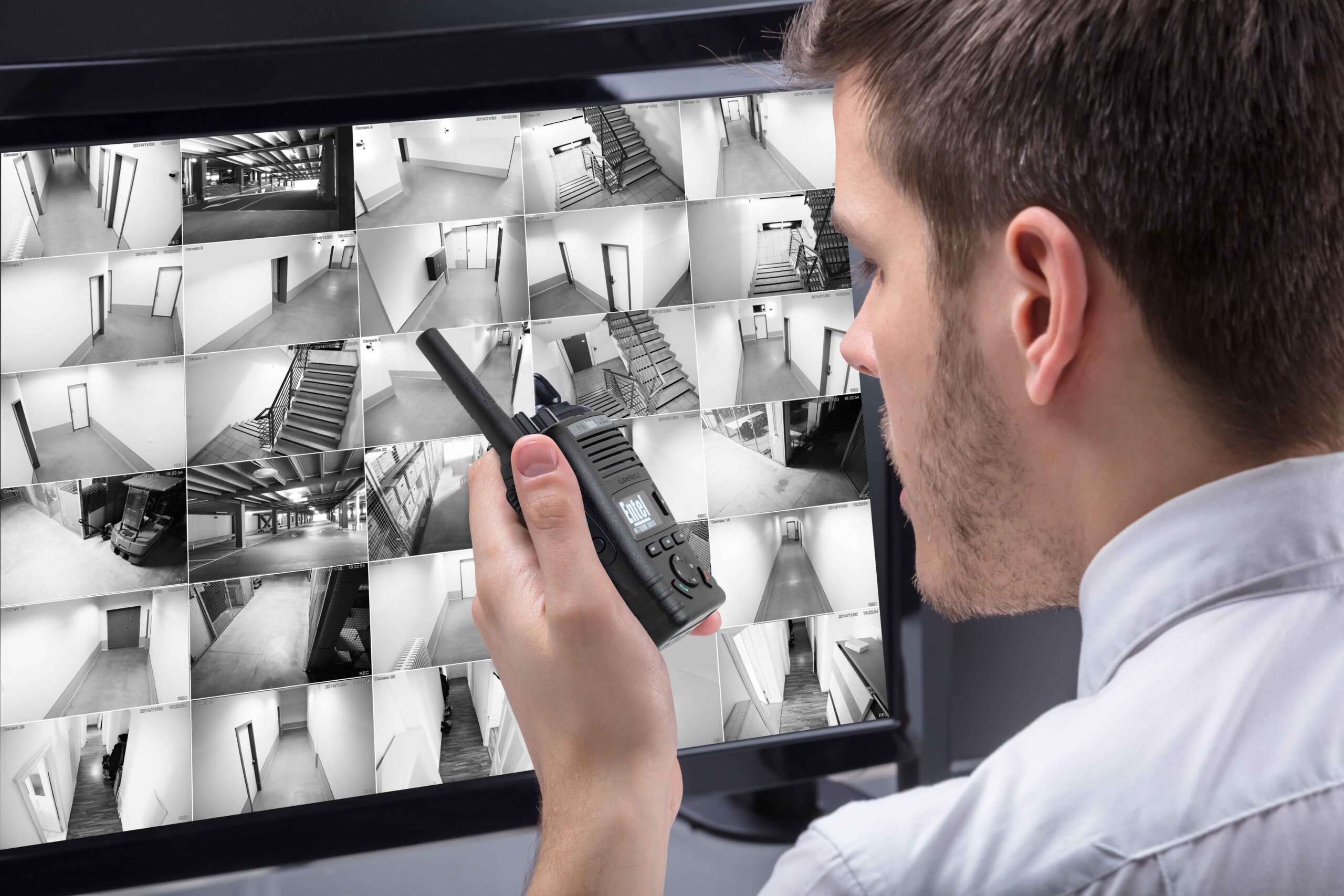
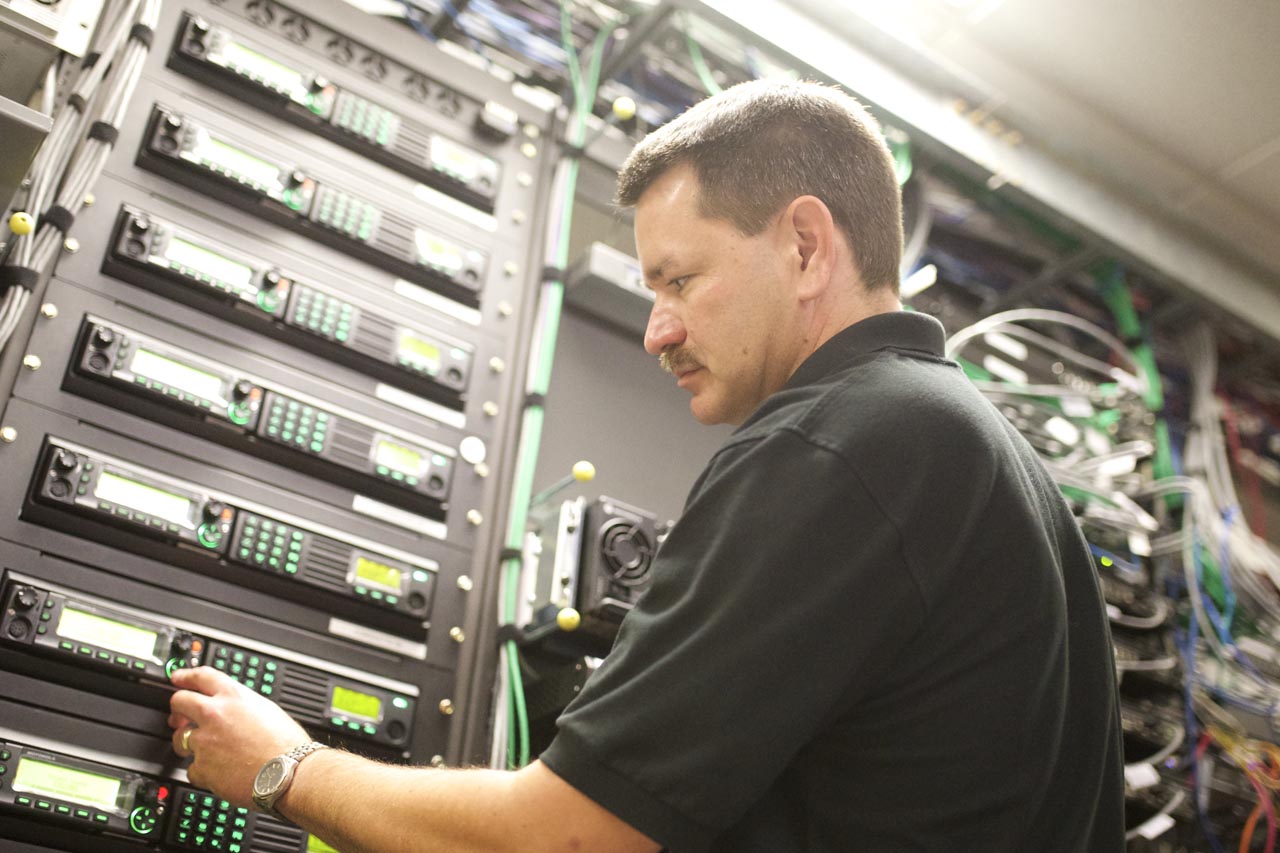
The Importance of On-Site Maintenance
On-site maintenance is a proactive approach to ensuring radio systems remain operational under real-world conditions. By conducting regular inspections and addressing issues on-site, companies can reduce downtime and maintain seamless communication.
For businesses operating in remote or high-risk environments, having on-site support personnel trained in radio maintenance is invaluable. These individuals can troubleshoot and repair devices immediately, ensuring uninterrupted operations.
Importance of Regular Software Updates
While hardware maintenance is often the focus, software updates play a crucial role in ensuring the radio system remains secure and optimised. Regularly updating the firmware on two-way radios can resolve bugs, enhance functionality, and add new features, ensuring that the equipment is in line with the latest advancements. Moreover, software updates can improve the security features of radios, especially for encrypted communication systems, protecting against potential breaches in sensitive environments.
Why Maintenance Matters Across Industries
From logistics to emergency services, two-way radios are vital tools for ensuring operational efficiency and worker safety. Regular maintenance ensures these devices remain dependable, reducing downtime and minimizing risks in critical situations.
Industries such as construction and mining require radios that can withstand harsh conditions, while healthcare professionals rely on clear communication during emergencies. By prioritising maintenance, businesses ensure their teams are equipped with reliable tools that support seamless communication.
How Professional Services Enhance Reliability
Partnering with a professional service centre ensures that your two-way radios remain in top condition. These centres employ qualified engineers with expertise in troubleshooting, repairing, and upgrading radio equipment.
Services include:
- Comprehensive Diagnostics: Identifying and resolving underlying issues.
- Software Updates: Ensuring radios operate on the latest firmware for optimal performance.
- Frequency Calibration: Adjusting radios to the correct frequency band for seamless communication.
- Component Replacement: Replacing damaged antennas, batteries, or internal components.
Investing in professional services not only enhances reliability but also extends the lifespan of your radio equipment, providing a cost-effective solution for long-term operations.
Impact of Radio System Downtime on Operations
Downtime in communication devices can lead to errors in safety protocols, reduced productivity, and ultimately higher costs. It’s important to understand that maintaining two-way radios not only ensures safety but also contributes to operational continuity, especially in time-critical industries.
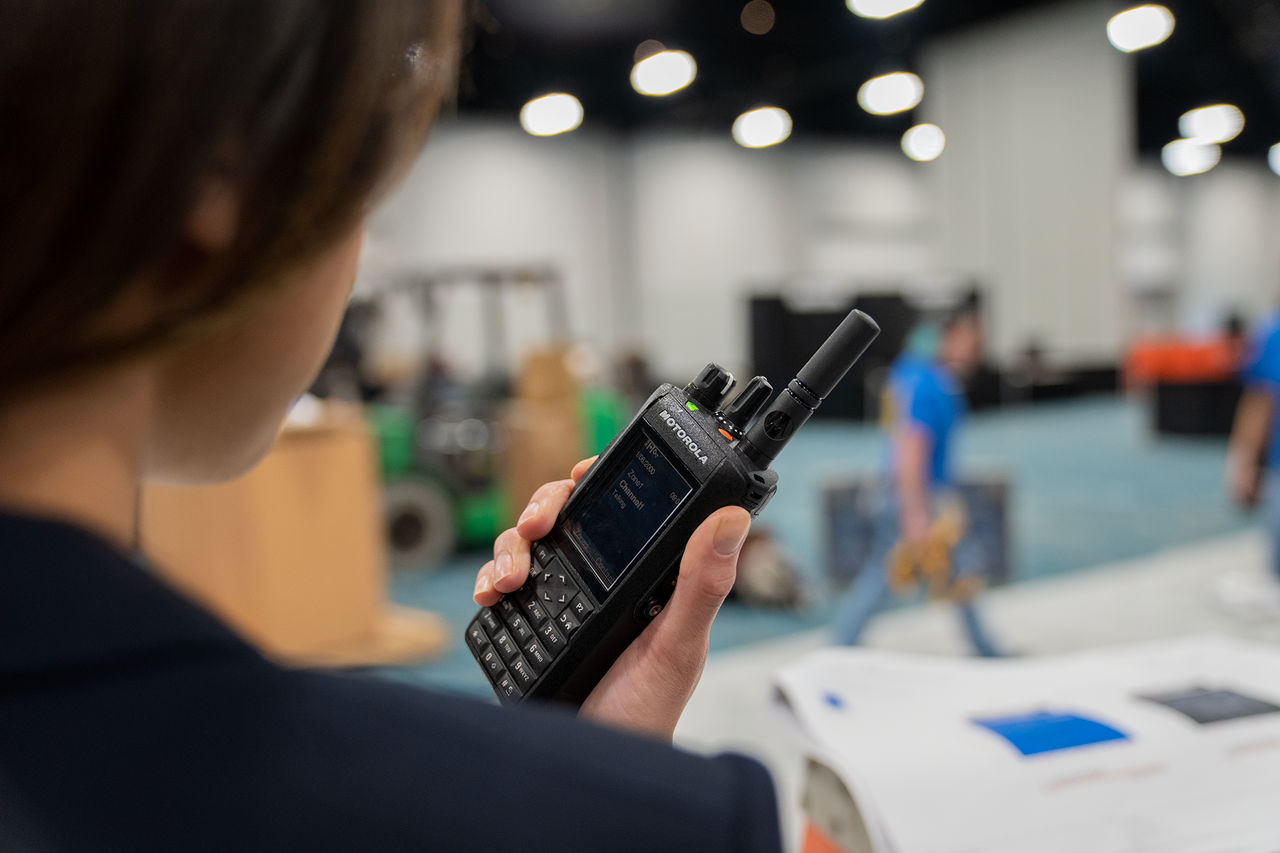
Extending the Lifespan of Two-Way Radios

Avoid Rough Handling
Train radio users to handle equipment with care, avoiding drops or unnecessary impact.

Use Protective Accessories
Equip radios with cases or holsters to minimize exposure to dust, dirt, and physical damage.

Conduct Training
Educate your team on proper usage and maintenance practices to ensure optimal performance and longevity.

Regular Cleaning
Clean radios and accessories regularly using recommended cleaning materials to prevent dust and grime buildup that can interfere with functionality.

Store Properly
Store radios in a clean, dry place when not in use, away from extreme temperatures or humidity.

Get in Touch
For more information on how Critico solutions can benefit your organisation, contact us today to learn more about how we can tailor a system to meet your specific needs.
